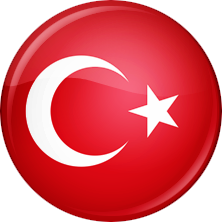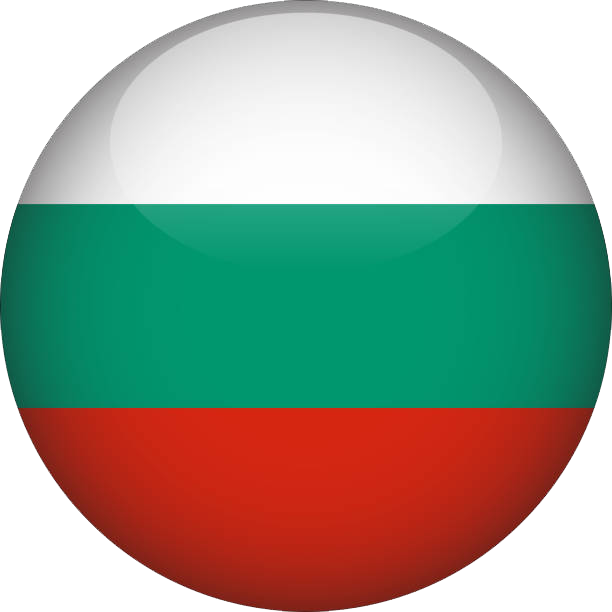Urology


Urology as a specialty that deals with diseases of the male and female urinary tract (kidneys, ureters, bladder and urethra).
It also evaluates the male reproductive organs (penis, testes, scrotum, prostate, etc.). Urology department of Bölge hospital, with experienced urology team and modern equipment, performs examinations and renders diagnostic and treatment services for men and women.
Diagnosis and Treatment Services in Urology Department:
Endoscopic (closed) ureteral stone surgery.
This surgery is performed under general or spinal anesthesia by breaking the urethral stones with a laser and removing the parts. Depending on the circumstances, a temporary stent can be attached to the patient, then the patient can return to his normal life after one day hospitalization.
Treatment of Kidney Stones with Flexible urethroscopy surgery.
This treatment is performed as a choice for renal stones < 2 cm. RIRS is an endoscopic surgery, which allows to reach the kidney from the ureter. Through this device a laser fiber is used to break the stones. After that, small fragments can be removed with a basket. Depending condition, a temporary stent can be attached to the patient. The patient can return to his normal life after one day hospitalization.
Percutaneous Nephrolithotomy (PNL).
Percutaneous nephrolithotomy (PNL) is the procedure of choice for larger than 2 cm renal stones. Percutaneous nephrolithotomy is usually performed in the hospital under general anesthesia, meaning you will be asleep during the procedure and not feel any pain. In this case, the surgeon will put a tube through your bladder and up into your kidney, and will use X-ray imaging to make a puncture in your kidney so that the stones can be removed. If you have very large stones, the surgeon may need to make more than one puncture. The patient can return to his normal life after three day hospitalization.
Transurethral resection of the prostate (TURP)
Transurethral resection of the prostate (TURP) is a surgery used to treat urinary problems that are caused by an enlarged prostate. General or spinal anesthesia is used during the procedure so you don't feel any pain while it's carried out. TURP is carried out using a device which is a thin metal tube. This is passed along the urethra until it reaches the prostate, which means no cuts (incisions) need to be made in your skin.
The loop of wire is then heated with an electric current and used to cut away the section of your prostate growen part. A thin tube called a catheter is then inserted into your urethra to pump fluid into the bladder and flush away pieces of the prostate that have been removed. Different energies called bipolar or plasma kinetic are used in TUR surgeries and very successful results are obtained. Afterwards, the catheter of the patient is removed and discharged after two days.



